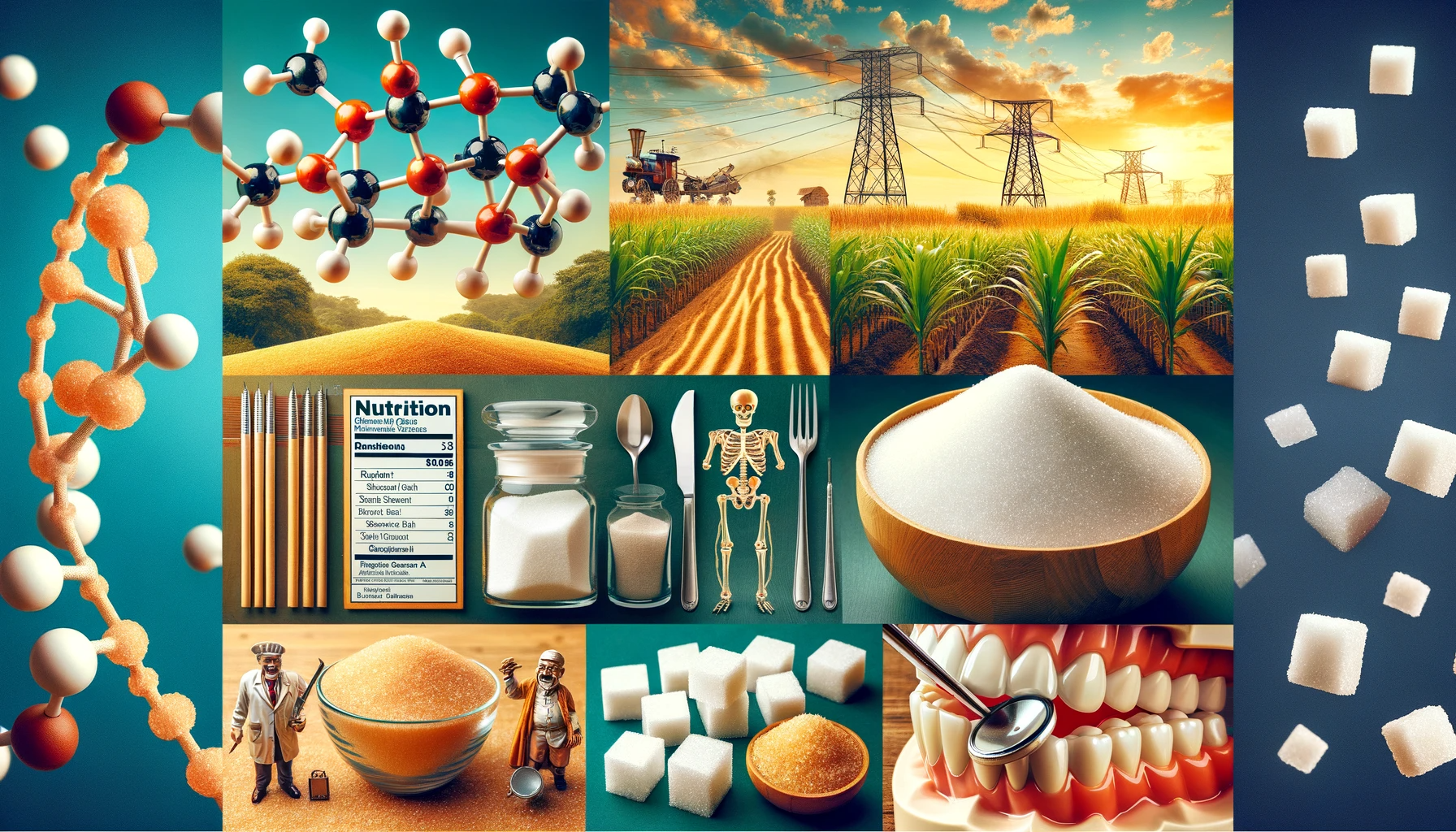Baking is a delightful art form that combines science and creativity. One of the key ingredients that plays a vital role in baking is sugar. From providing sweetness to influencing texture and browning, sugar is a versatile ingredient that every baker should understand. In this article, we will delve into the intricate details of sugar’s role in baking, helping you become a better baker.
Why Sugar Matters in Baking
1. Sweetness Enhancement
Sugar is primarily known for its ability to add sweetness to baked goods. It tantalizes our taste buds, making desserts and pastries all the more enjoyable. The sweetness level depends on the type and quantity of sugar used. Granulated sugar, brown sugar, confectioner’s sugar, and more each offer unique sweetness profiles.
2. Texture and Moisture Control
Sugar affects the texture of baked goods by attracting and holding onto moisture. In recipes like cookies and cakes, sugar contributes to a soft and tender crumb. The sugar molecules bind with water, preventing gluten formation, resulting in a more delicate texture.
3. Browning and Caramelization
Ever wondered why your baked goods turn a beautiful golden brown? Sugar is the culprit (in a good way). During baking, sugar undergoes caramelization, which not only enhances the appearance but also adds complexity to the flavor. This process is responsible for the crispy crust on cookies and the golden hue on the surface of bread.
Types of Sugar in Baking
1. Granulated Sugar
Granulated sugar, often referred to as white sugar, is the most commonly used sugar in baking. It dissolves easily and provides a clean, sweet taste. It’s ideal for recipes where sugar needs to be evenly distributed, such as cake batter.
2. Brown Sugar
Brown sugar comes in two varieties: light and dark. It contains molasses, which gives it a rich flavor and moist texture. Light brown sugar is commonly used in recipes like chocolate chip cookies, while dark brown sugar is perfect for gingerbread and barbecue sauces.
3. Confectioner’s Sugar
Also known as powdered sugar, this finely ground sugar is mixed with cornstarch. It’s used in frosting, icing, and dusting desserts. Confectioner’s sugar dissolves quickly and provides a smooth texture.
4. Specialty Sugars
Other sugars like turbinado, demerara, and muscovado offer unique flavors and textures. Turbinado sugar has large crystals, adding crunch to toppings, while muscovado sugar has a strong molasses flavor, enhancing the depth of taste in certain recipes.
Tips for Using Sugar in Baking
1. Measuring Precisely
Accurate measurement of sugar is crucial for consistent results. Use measuring cups designed for dry ingredients and level them off for the right amount.
2. Creaming Butter and Sugar
In many recipes, the first step involves creaming together butter and sugar. This incorporates air into the mixture, resulting in a lighter texture for your baked goods.
3. Adjusting Sweetness
Feel free to experiment with different sugars to achieve your desired level of sweetness. You can also reduce sugar in some recipes, but be cautious as it can affect texture and browning.
Conclusion
Sugar is a fundamental ingredient in baking that goes beyond just sweetness. It influences texture, moisture, and browning, making it an essential element for achieving perfect baked goods. Understanding the role of sugar and experimenting with various types can elevate your baking game to new heights. So, don’t just add sugar – master it and create mouthwatering treats that everyone will love!
Remember, whether you’re baking cookies, cakes, or bread, sugar is your secret weapon for creating memorable and delicious baked goods.
For more baking tips and recipes, stay tuned to our blog and take your culinary skills to the next level.
Happy Baking!
